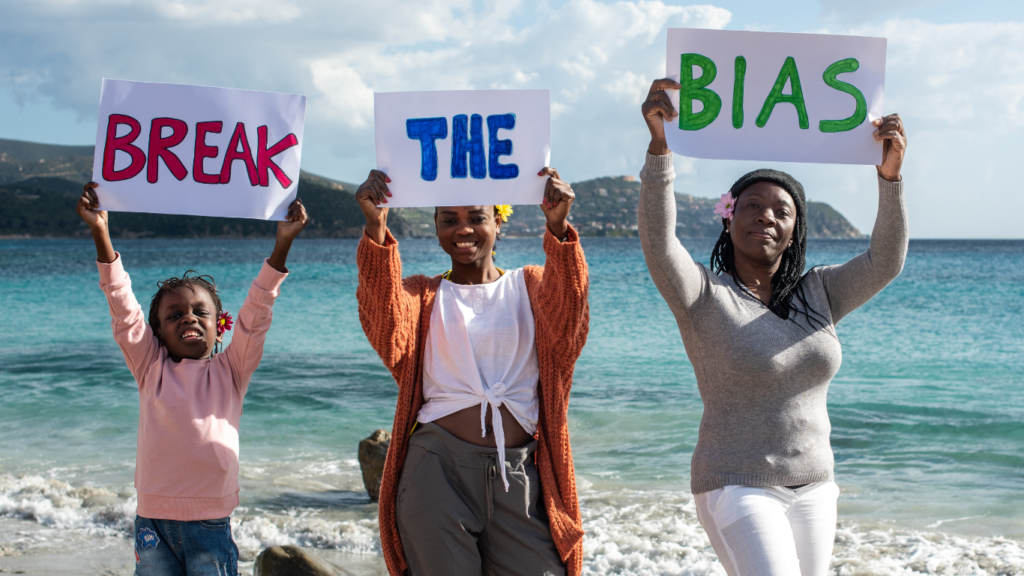
The lack of understanding of Intersectionality creates a divide and leaves many feeling that they are going against the grain. Intersectionality deals with multiple individual biases – a person can feel alienated because of skin color, gender, sexuality, and religion all at the same time. These complex identities can undermine the true goals of an organization. We’ve spoken about the lawsuits and the outcome of ignoring diversity impacting society as a whole.
- Gaps in salary are well documented, and this gap widens when broken down by gender, race, or disability. For example, a disabled Bangladeshi man will make 56 cents in contrast to one dollar for a non-disabled man, not of color in the UK.
- While women are making inroads into top-level management positions, statistically, people of color or Asian women in the corporate world are afforded less professional development than their Caucasian counterparts.
- People with disabilities have a hard time even getting in the door and are more often the ones who get let go when lay-offs occur.
- Women of color and LGBTGI+ women are more likely to experience sexual harassment in the workplace.
- People of color who experience microaggressions that their employer does not address tend to quit quicker than their white counterparts.











